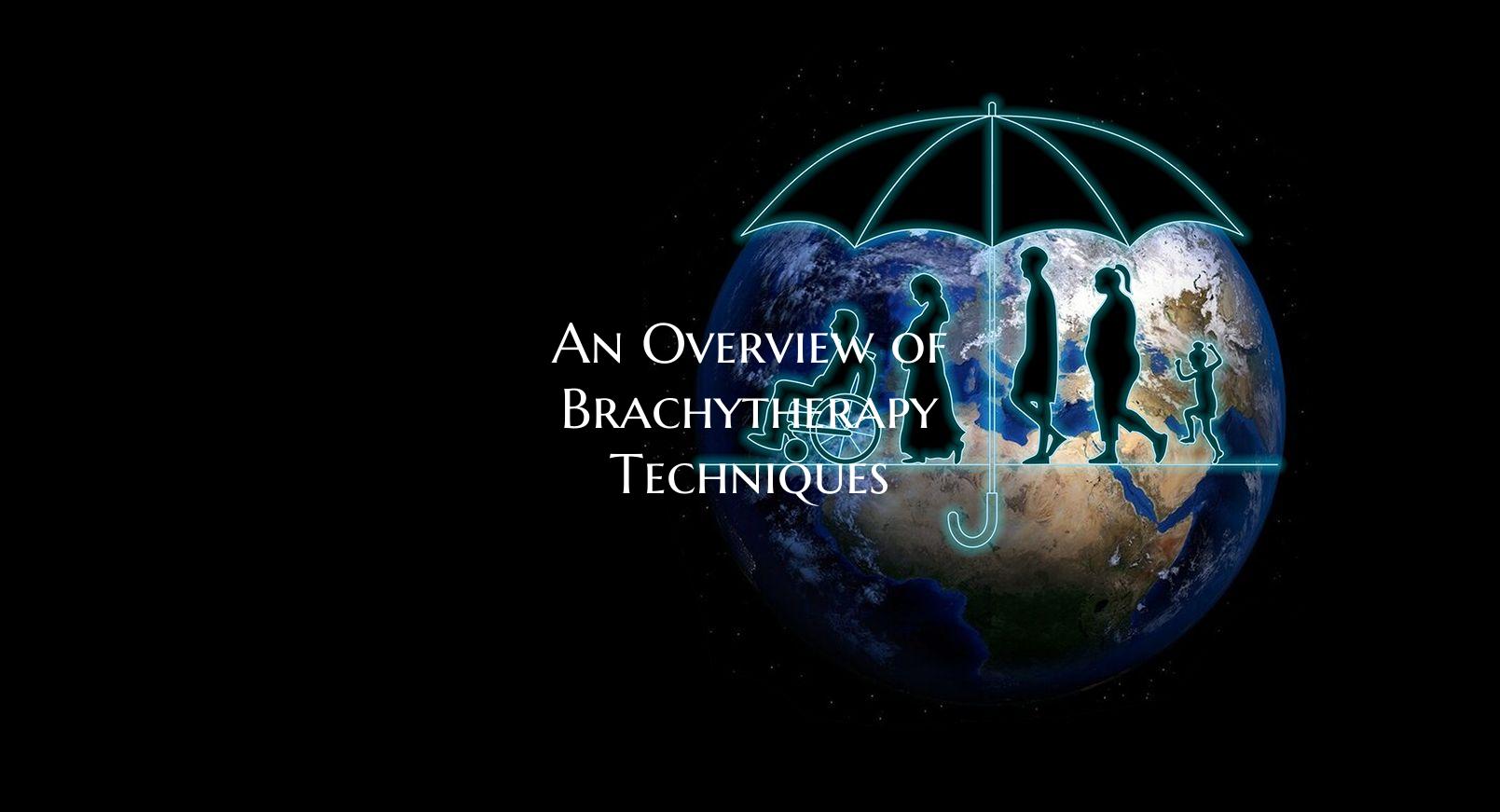
An Overview of Brachytherapy Techniques
Brachytherapy is a type of cancer treatment that involves the targeted placement of radioactive sources inside or next to the tumor. This approach allows for a high dose of radiation to be delivered directly to the cancerous cells while minimizing exposure to surrounding healthy tissues. There are several brachytherapy techniques utilized in clinical practice, each tailored to specific types of cancer and treatment goals.
1. Interstitial Brachytherapy: In this technique, radioactive sources are implanted directly into the tumor or surrounding tissues using needles, catheters, or seeds. Interstitial brachytherapy is commonly used for treating prostate, breast, and gynecological cancers. It provides a localized radiation dose with minimal impact on nearby structures.
2. Intracavitary Brachytherapy: This technique involves placing radioactive sources within a body cavity close to the tumor. Intracavitary brachytherapy is often used to treat cervical, uterine, and esophageal cancers. By inserting the radiation sources in close proximity to the tumor, high doses can be delivered precisely to the affected area.
3. Surface Brachytherapy: Surface brachytherapy, also known as contact brachytherapy, is used for treating skin cancers and other superficial lesions. Radioactive sources are placed directly on or near the skin surface to deliver a targeted dose of radiation while sparing deeper tissues. This technique is effective for minimizing damage to healthy tissues in sensitive areas.
4. High-Dose Rate (HDR) Brachytherapy: HDR brachytherapy involves delivering radiation at a high dose rate over a short period, typically a few minutes. This technique allows for precise control of the radiation dose and reduces the overall treatment time. HDR brachytherapy is commonly used in combination with external beam radiation therapy for enhanced treatment outcomes.
5. Permanent Seed Implantation: In this approach, tiny radioactive seeds are implanted permanently into the tumor using minimally invasive techniques. Permanent seed implantation is predominantly used for prostate cancer treatment, offering a targeted and localized radiation dose while minimizing side effects.
Brachytherapy techniques provide individualized treatment options for various types of cancer, offering precise and effective radiation delivery while preserving surrounding healthy tissues. The choice of brachytherapy technique depends on factors such as tumor type, location, and patient-specific considerations. By harnessing the benefits of brachytherapy, clinicians can optimize treatment outcomes and improve the quality of life for cancer patients.